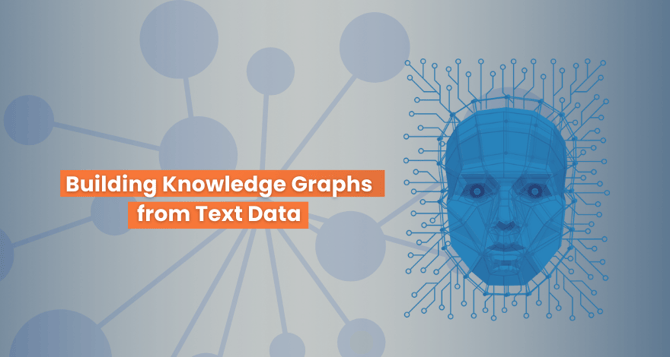Building Knowledge Graphs from Text Data with OpenAI
Embark on a journey of building Knowledge Graphs from text data with OpenAI, a transformative process that illuminates intricate relationships, empowering industries and researchers to harness the true potential of interconnected information for unparalleled advancements in knowledge discovery and application.

In today's information-driven world, making sense of vast amounts of unstructured text data is a challenging task. This is where Knowledge Graphs come into play, offering a powerful way to represent, organize, and query knowledge extracted from textual sources. In this article, we'll explore how to build Knowledge Graphs from text data using OpenAI's language models and provide technical implementations with examples.
What Are Knowledge Graphs?
Knowledge Graphs are structured representations of knowledge where entities, their attributes, and the relationships between them are modeled. These graphs provide a clear and efficient way to store and retrieve information from large datasets, making them invaluable for various applications, such as search engines, question-answering systems, recommendation engines, and more.
Building Knowledge Graphs with OpenAI
OpenAI's language models, like GPT-3 and GPT-4, have the natural language processing capabilities required to extract and structure knowledge from unstructured text data. Here's how to build Knowledge Graphs with OpenAI
Step 1: Data Preprocessing
Before creating a Knowledge Graph, you need to preprocess your text data. This involves cleaning the data, tokenizing it, and splitting it into sentences and paragraphs. OpenAI's models can handle this step efficiently. Let's consider an example:
Step 2: Entity Recognition
Identifying entities in the text is crucial for building a Knowledge Graph. OpenAI's models can recognize entities such as organizations, people, and locations. You can extract entities from the text like this:
In this example, `entities` may contain: "OpenAI (organization), Elon Musk (person), Sam Altman (person), Greg Brockman (person), Ilya Sutskever (person)."
Step 3: Relationship Extraction
Now, let's extract relationships between entities. For example, you can identify the founder relationships:
The `relationships` variable might contain: "Elon Musk (founder of) OpenAI, Sam Altman (founder of) OpenAI, Greg Brockman (founder of) OpenAI, Ilya Sutskever (founder of) OpenAI."
Step 4: Constructing the Knowledge Graph
Now, it's time to create the Knowledge Graph structure. You can use a graph database like Neo4j or create a custom data structure. In this example, we'll use a simplified Python dictionary:
Step 5: Querying the Knowledge Graph
With your Knowledge Graph in place, you can now query it to retrieve specific information. For instance:
Step 6: Visualization
To enhance the understanding of your Knowledge Graph, consider visualizing it using libraries like NetworkX or D3.js. Visualization can make complex relationships more accessible and comprehensible.
Conclusion
Building Knowledge Graphs from text data with OpenAI's language models provides a powerful way to extract and structure information. By following the steps outlined in this article, you can create your own Knowledge Graphs and leverage them for various applications, unlocking the potential of unstructured text data.
Elevate Your Business with Custom AI Solutions
Our AI development services offer a tailored approach to meet your specific business needs. Let's discuss your project today!
In a world where knowledge is constantly expanding, harnessing this data with Knowledge Graphs becomes essential for better decision-making, innovation, and automation. OpenAI's language models offer an exciting avenue for this endeavor.


%201-1.webp?width=148&height=74&name=our%20work%20(2)%201-1.webp)


.png?width=344&height=101&name=Mask%20group%20(5).png)
















